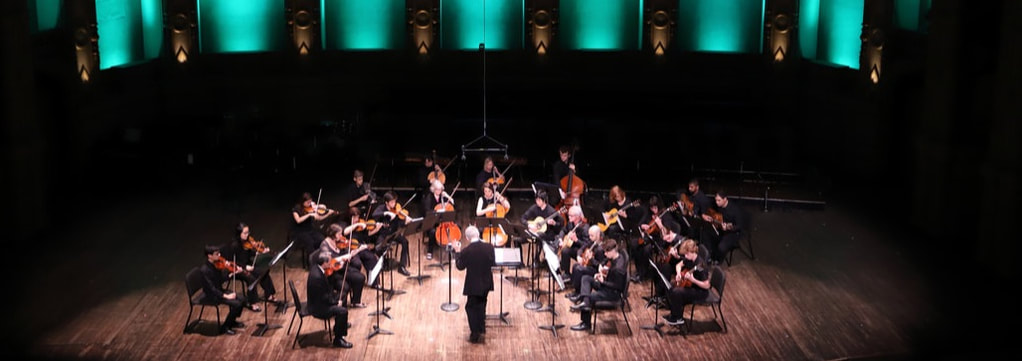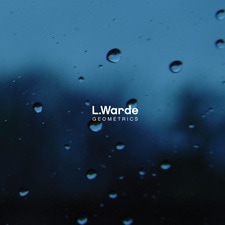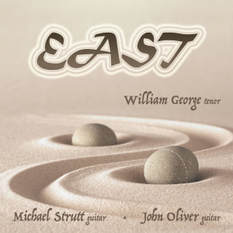Chamber Music
Below are some of my vocal and instrumental chamber works. In addition to the score and parts, I've provided an audio and/or video recording of performances of these pieces. Note: There are a few works below which may not include the parts. If you are interested in performing any of these works, please email me and I will be glad to send them to you. All gratis, with some restrictions. (*See below.)
Voice and Guitar
Two Songs About Nothing1. Heiligenstadt Testament
Text by Ludwig Van Beethoven
|
Misc. Chamber & OrchestralSix to Ninety-Four
violin and guitar From the Geometrics CD
I wanted to include in this collection an instrumental piece for solo violin and guitar. I decided to insert this piece, which I wrote one day in early June a few years back. It was intended to be simple and light, and I think that for the listener, it is. However, there are some fast passages and rhythmic challenges that lie embedded in some fairly complex meters, which, along with the fast tempo, might provoke the violinist to disagree with the “simple” part of that description.
zachary's smile
Violin, Cello, Harp, Guitar and Percussion Fictitious caves
marimba and cello Polly, Esther 'N June
string orchestra Crucifixus
chamber orchestra Meditations on the Crucifixus is a theme and variations for chamber orchestra based on the Crucifixus from the Mass in B Minor of Johann Sebastian Bach. The theme, an eleven-pitched melody built on a succession of minor second and tritone intervals, is taken from the initial antecedent phrase between the soprano and alto (mm. 5-7) of Bach's work. The theme also, as a two-part, chromatically-descending ostinato, quotes the ground bass of the Crucifixus.
While the Crucifixus laments over the suffering and death of Christ portrayed in the portion of the Credo which states, "...and was crucified for us under Pontius Pilate, suffered and was buried", each variation reflects the composer's personal contemplation upon the significance and relevance of these words to mankind. The pitch, G#, is absent from the theme and is withheld from the piece until the final cadence. The special treatment of G# then emphasizes and magnifies the work's finality. Using a rotational sequence in which pitches are successively and systematically extracted from the theme, tetrachords or trichords are built upon each of the theme's eleven pitches. When all eleven subsequent chords have been successively stated, each voice of these harmonies will have quoted the theme. chador
Ballet with full orchestra O Rubor Sanguinis
clarinet and cello A Letter to my second grade teacher
SPOKEN WORD AND ORCHESTRA Guitar Quartets
|
*You are free to download these scores and parts and are encouraged to perform these works. However, like any of the material on this website, you are strictly forbidden to repost, publish and/or receive compensation from this music in any form or context. If you record your performance of any of my compositions and arrangements, you are free to share that performance on social media platforms, such as YouTube, and free to receive monetization. However, if you intend to record any of this music with the purpose to distribute and sell it in any format, including CD, digital platforms and streaming media services such as Spotify or iTunes, or, if you plan to sync it, or any portion of it, with film, gaming or other interactive media, please contact me first to obtain a license. Thank you.
GEOMETRICS CD
"Here is music for strings and voice which sails between minimalism, referencing post-Glass, and twinkles in the reggae, and flirts with the Gregorian chant. There is sometimes the impression of listening to a rather sophisticated sound track and one imagines Kronos Quartet very well." — LaScena Musicale
|



